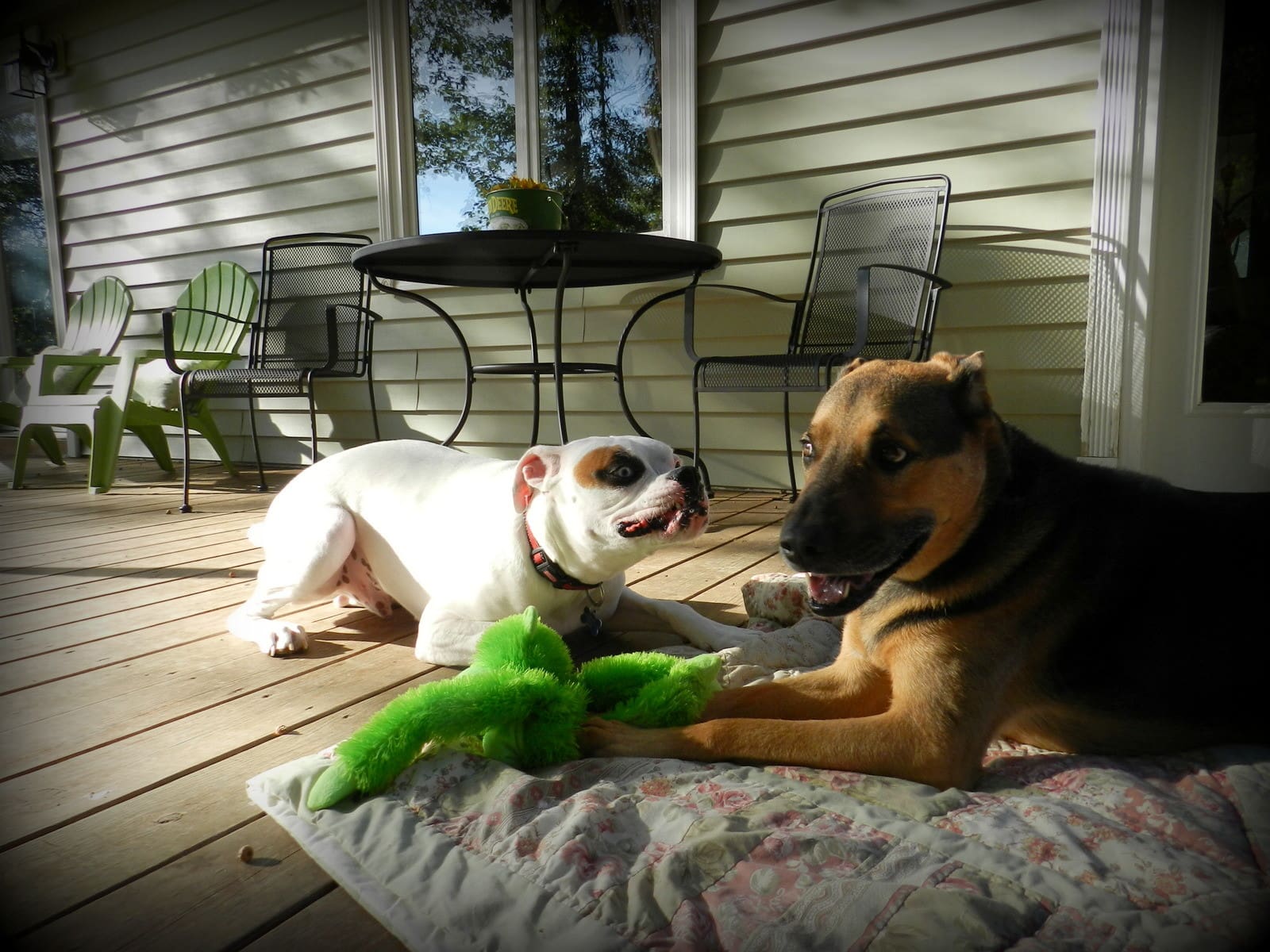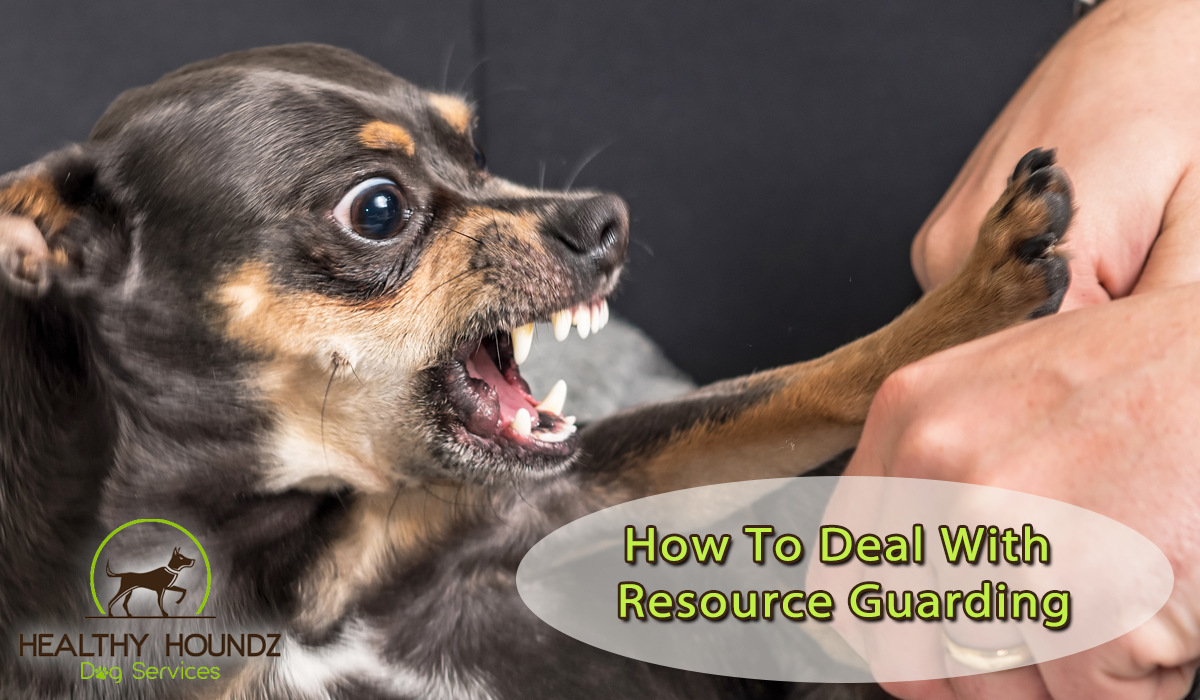Resource guarding is a common behavioral issue in dogs that can lead to aggression and other problems. In this guest post, we will explore the concept of resource guarding, discuss the common triggers and causes, and provide a step-by-step guide to implementing resource guarding training.
We will also offer tips for managing resource guarding in different situations and discuss the importance of prevention and early intervention.
Resource guarding is a natural behavior in dogs, but it can become a problem when it leads to aggression or other unwanted behaviors. The key to addressing resource guarding is to understand the underlying causes and to develop a training plan that is tailored to the individual dog.
With patience and consistency, you can help your dog overcome resource guarding and build a stronger, more trusting relationship.
Understanding Resource Guarding in Dogs
Resource guarding is a common behavioral issue in dogs, where they exhibit aggressive or defensive behaviors to protect valuable objects or resources. This can include food, toys, bones, beds, or even people. Understanding the concept and triggers of resource guarding is crucial for effective training and management.Resource
guarding occurs when a dog perceives a threat to its access or possession of a valuable resource. This can be triggered by various factors, such as fear of losing the resource, competition from other animals or people, or a history of being deprived of resources.
Training Techniques for Resource Guarding
Addressing resource guarding in dogs requires a structured training approach that focuses on positive reinforcement, consistency, and desensitization. This step-by-step guide provides a comprehensive overview of the techniques involved in resource guarding training.
Positive reinforcement is crucial in training dogs to overcome resource guarding behaviors. Rewarding the dog for desired behaviors, such as calmly relinquishing an object, helps build a positive association with the training process and encourages cooperation.
Counter-Conditioning
Counter-conditioning involves gradually changing the dog’s emotional response to a trigger. In resource guarding training, this means associating the presence of the guarded object with positive experiences, such as treats or praise.
- Start by introducing the object at a distance where the dog does not react aggressively.
- Gradually move the object closer while offering high-value treats or praise.
- Repeat this process until the dog associates the object with positive outcomes.
Desensitization
Desensitization involves exposing the dog to the guarded object in a controlled and gradual manner. This helps the dog become accustomed to the object’s presence without triggering aggressive responses.
- Start by allowing the dog to see the object from a distance.
- Gradually decrease the distance while monitoring the dog’s behavior.
- If the dog remains calm, reward it with treats or praise.
Consistency is essential throughout the training process. All family members and visitors should follow the same protocols when interacting with the dog and its resources. Patience and understanding are also crucial, as it may take time for the dog to overcome its guarding behaviors.
Managing Resource Guarding in Different Situations
Resource guarding is a common behavioral issue in dogs. It can manifest in different situations, such as during mealtimes, around toys and treats, or in multi-dog households. Here are some tips for managing resource guarding in these specific scenarios:
Mealtimes
Mealtimes can be a common trigger for resource guarding in dogs. To prevent or manage this behavior, follow these tips:
- Establish a designated feeding area: Create a specific spot for your dog to eat, away from high-traffic areas or other distractions.
- Use slow-feed bowls: Slow-feed bowls make it more difficult for your dog to eat quickly, which can reduce the likelihood of guarding.
- Hand-feed your dog: This helps build trust and teaches your dog that you are not a threat during mealtimes.
Toys and Treats
Toys and treats can be valuable resources for dogs. To prevent resource guarding around these items:
- Introduce new toys and treats gradually: Don’t overwhelm your dog with too many new items at once. Supervise your dog’s interactions with new toys and treats initially.
- Rotate toys: Regularly rotate your dog’s toys to keep them interested and prevent them from becoming overly attached to any one toy.
- Trade treats: When your dog has a treat, offer them a higher-value treat in exchange. This teaches your dog that giving up resources can be rewarding.
Multi-Dog Households
In multi-dog households, resource guarding can be more challenging to manage. To prevent or resolve resource guarding in these situations:
- Provide separate resources: Each dog should have its own food bowls, toys, and sleeping areas to minimize competition.
- Supervise interactions: When dogs are interacting, closely monitor them for any signs of resource guarding. Intervene immediately if necessary.
- Train dogs to share: Teach your dogs the “drop it” and “leave it” commands. This helps them understand that they can give up resources when asked.
Prevention and Early Intervention

Preventing resource guarding starts with early socialization and training. Exposing puppies to different people, animals, and situations helps them learn to share and feel secure. Training them to “leave it” or “drop it” can also help prevent guarding.
Recognizing and Intervening
Early signs of resource guarding include growling, snapping, or lunging when approached while holding a valued object. If you notice these signs, intervene calmly. Remove the object and reward the dog for staying calm.
Professional Help
Severe cases of resource guarding may require professional help. A certified dog trainer or veterinary behaviorist can assess the dog’s behavior and develop a personalized training plan to address the underlying causes and improve safety.
Final Thoughts

Resource guarding is a complex issue, but it is one that can be effectively addressed with the right training and management techniques. By understanding the underlying causes of resource guarding and by implementing a consistent training plan, you can help your dog overcome this behavior and build a stronger, more trusting relationship.
FAQ Section
What are the common triggers for resource guarding in dogs?
Common triggers for resource guarding in dogs include food, toys, treats, and other objects that the dog perceives as valuable. Resource guarding can also be triggered by people, especially if the dog feels threatened or insecure.
What are the signs of resource guarding in dogs?
Signs of resource guarding in dogs can include growling, snapping, biting, and other aggressive behaviors. Dogs may also try to hide or protect the object they are guarding, or they may become anxious or stressed when someone approaches.
How can I prevent resource guarding in my dog?
The best way to prevent resource guarding in your dog is to socialize them early and often, and to teach them basic obedience commands. You should also avoid giving your dog objects that they are likely to guard, and you should never punish them for guarding their resources.




